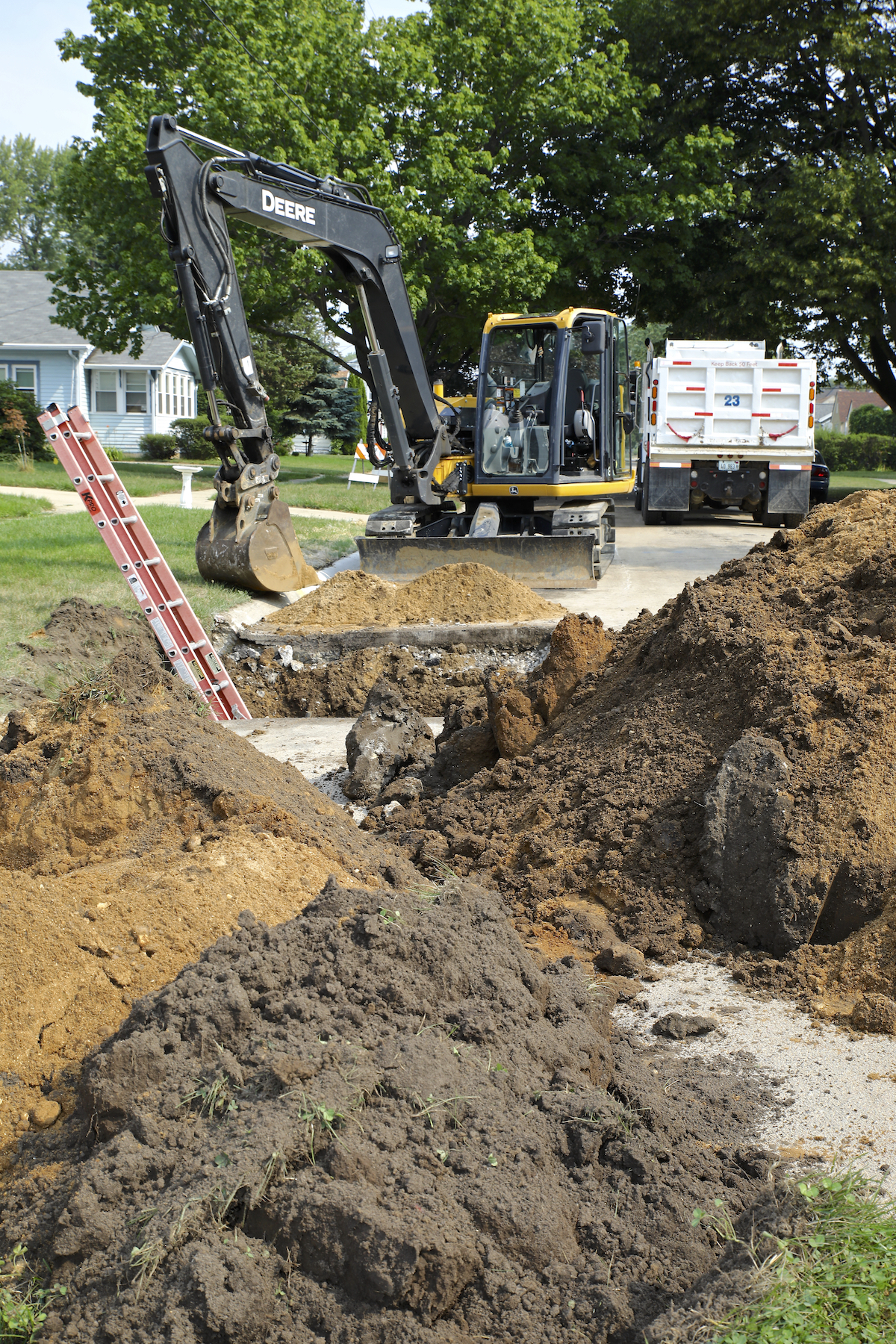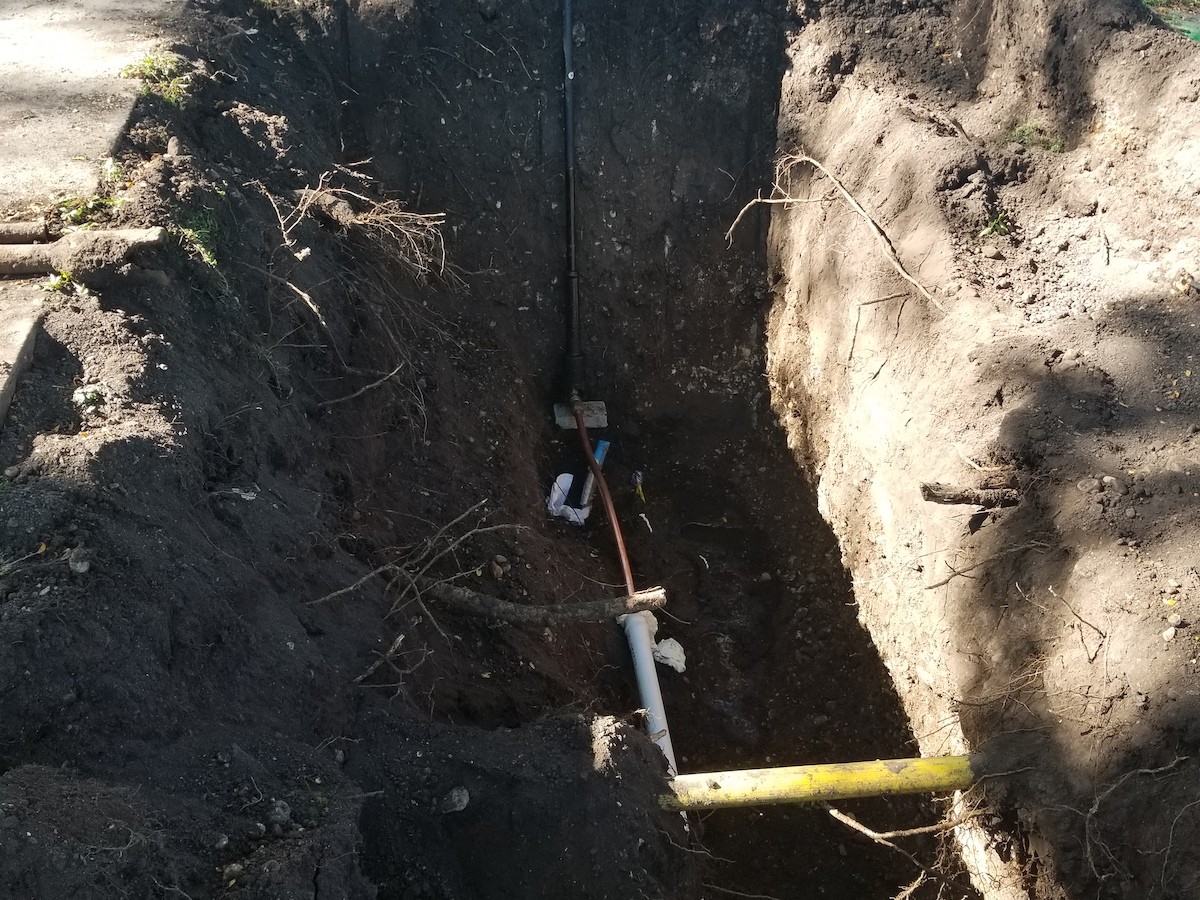Lead service line replacement program for Illinois municipalities
Note: This blog post was updated to reflect legislation that passed in July 2023.
Illinois has more lead service lines than any other state in the nation, with a number the National Resources Defense Council estimates to be anywhere from 700,000 to 1.4 million. Although the state banned lead service line installation in 1986, antecedent lines were not removed.
Because the U.S. Environmental Protection Agency (EPA) determined lead service lines as the largest source of lead contaminants in drinking water, the Illinois legislature passed the Lead Service Line Replacement and Notification Act (LSLRNA) in June 2021 to protect millions of Illinois residents. Effective Jan. 1, 2022, the Act mandates the removal of all lead service lines statewide.
This landmark legislation represents the first step toward a complete overhaul of the state's outdated drinking water infrastructure. The LSLRNA's primary objectives include identifying lead service line owners and operators – including municipal water systems – to schedule full replacements in communities across Illinois.
This blog post discusses the lead service line replacement program in Illinois, federal funding available for communities across the state and why you need a trusted team of water engineers to replace lead service lines in your community.
Factors determining lead service line replacement in Illinois
The LSLRNA (Public Act 102-0613) requires comprehensive service line removal and prohibits partial lead service line replacements, except in certain instances. In partial replacements, only the smaller, damaged portions of a larger service line system are repaired and replaced.
Digging and cutting lead pipes for a partial service line replacement releases lead particulates and heightens the amount of lead in a building's water supply over extended periods. Such partial replacements also increase corrosion or create galvanic corrosion that raises lead levels even further.
Despite the significant long-term benefits of lead service line replacements, a full replacement project can be expensive. The high number of lead service lines in Illinois, along with the following factors influence replacement costs.
- Location of the service line. Service line replacements in downtown areas require significant construction. Replacing the pavement for such construction increases costs, depending on how much must be restored.
- Length of the service line. The length of the service line determines the cost of piping and other construction materials for a full replacement project.
- Water utility ownership. Homeowners and utility companies may share service line ownership. In most communities, the utility's ownership ends at the property line and the property owner owns the rest of the service line with the exception of the meter within the unit. Replacement becomes a more cooperative and extensive effort when utilities or municipalities must gain access to private property and construct a service line into a finished area within the unit. The LSLRNA requires municipalities to replace all lead service lines, including those portions on private property.
- Installation techniques. Depending on local factors, lead service lines can be replaced using techniques, including open trench, new bored route and existing routes (pipe pulling, pipe spitting).
Federal funding for lead service line replacement in Illinois
The U.S. EPA estimates a full replacement of lead service lines at an average cost of $4,700, ranging from $1,200 to $12,300 per replaced service line. Certain site-specific variables could swell those costs to anywhere from $5,000 to $20,000 per lead service line.
To carry out full replacements across Illinois, the state is set to receive $565 million in federal funding allocated for these projects. Monies available for lead service line replacements include:
Second funding cycle under LSLI Grant Program
The first LSLI funding cycle in October 2022 received tremendous response, and grant applications exceeded the funds available. In March 2023, the (IEPA) announced a second funding opportunity to help communities meet LSLRNA requirements. The Lead Service Line Inventory (LSLI) Grant Program offered grants worth $20,000 - $50,000 to local government units to fund a complete lead service line inventory.
Principal forgiveness by Illinois EPA
Under the LSLRNA, municipalities are financially responsible for the entire cost of lead service line replacements when using federal or state funds to complete the work. The IEPA is also providing additional funding in the form of principal forgiveness to replace lead service lines in communities. For example, the City of Rockford received principal forgiveness funding worth $4 million for lead service line replacement in May 2023.
Lead service line replacement is an expensive municipal project and requires partnering with experienced, organized water engineers to design effective and affordable replacement plans.
Partnering with Fehr Graham for lead service line replacements in Illinois
At Fehr Graham, we are committed to providing safe and reliable drinking water for communities across Illinois. Our team has replaced more than 1,000 lead service lines and has helped secure millions of dollars for Illinois communities. Whether replacing lead service lines in the Cities like Rockford, Freeport and Sycamore or in small towns like the Village of Forreston, our team is always available to help municipal leaders navigate every step. From securing overall project plan approval and guiding loan or grant applications to overseeing construction, we are dedicated to upgrading aging water infrastructure to ensure safe water access for every member of your community.
To learn more about lead service line replacement program in Illinois and how Fehr Graham can help your municipality complete a lead service line replacement project, contact us or give us a call at 815.394.4700.
 |
Seth Gronewold is a Professional Engineer who manages several municipal and private projects. As one of the firm’s
owners, he works to improve the quality of life for those in northern Illinois by evaluating issues, listening to
needs and being responsive to clients. Contact him at |
Collaborative, Insightful, Results-Driven Solutions
Fehr Graham provides innovative engineering and environmental solutions to help improve the lives and communities of our customers.


